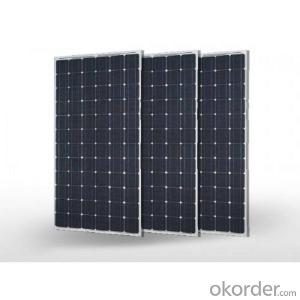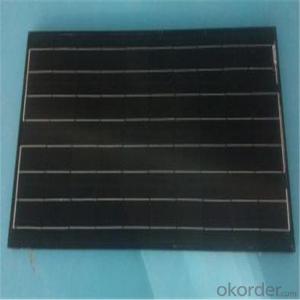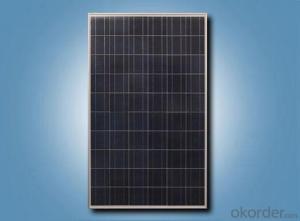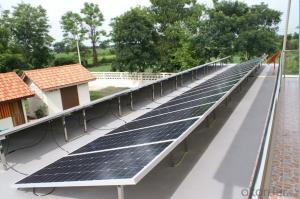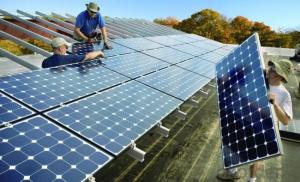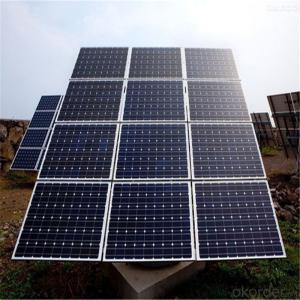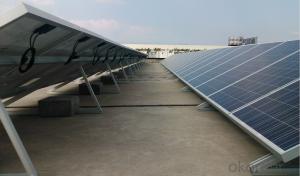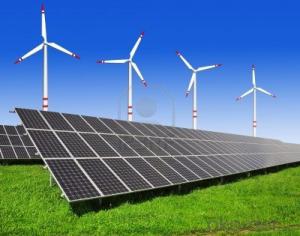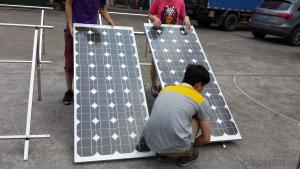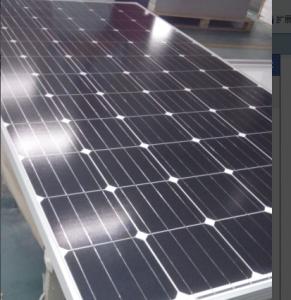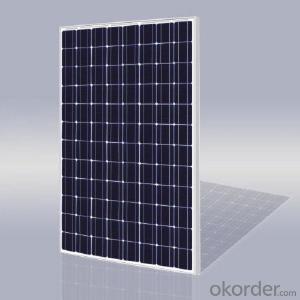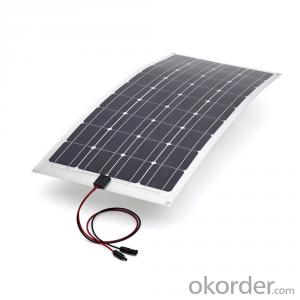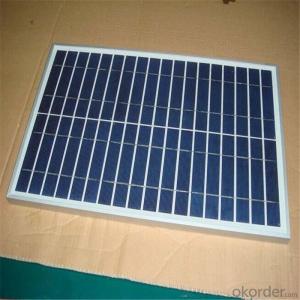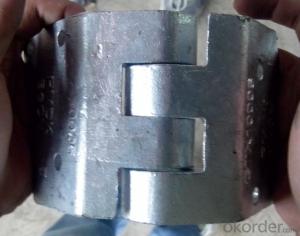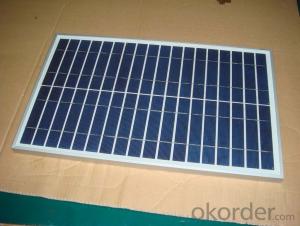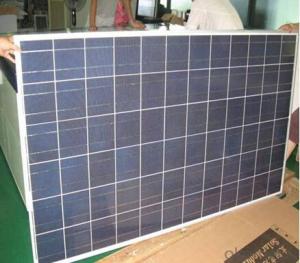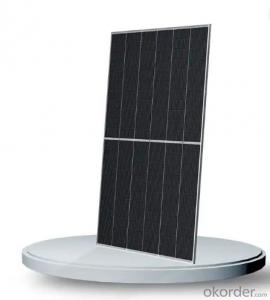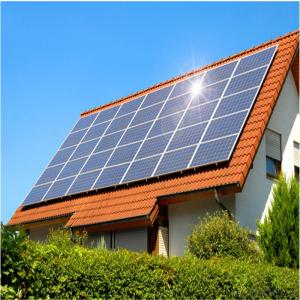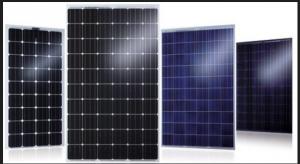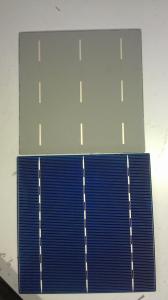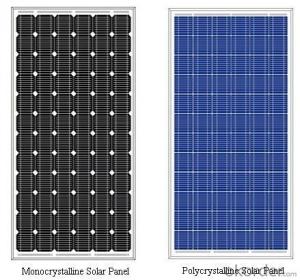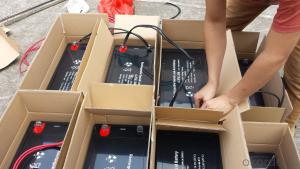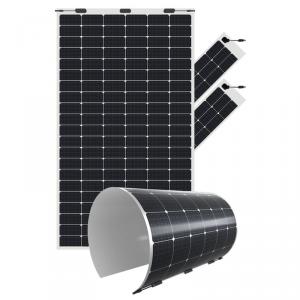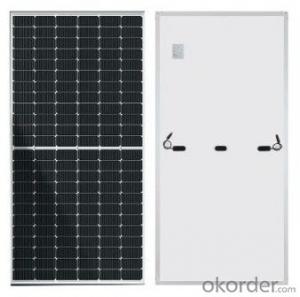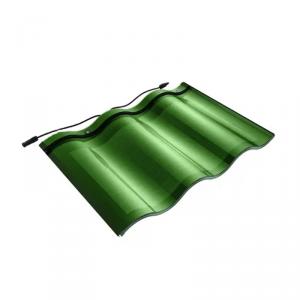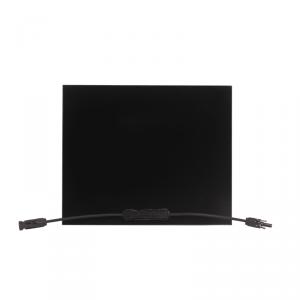Hanwha Q Cells Solar
Hanwha Q Cells Solar Related Searches
Hanwha Solar Q Cells Hanwha Q Cells Solar Panel Hanwha Q Cells Solar Panels Hanwha Solar Cells Q Cells Solar Q Cell Solar Module Q Cells Solar Panel Q Cells 400w Solar Panel Axia Solar Q Cells Q Cells Solar Stock Q Cells Solar Panels Q Antum Solar Module Q Cells Solar Panels For Sale Are Q Cells Good Solar Panels Q Cells 480w Solar Panel Q Cells Solar Panels Price Q Cells Solar Modules Q Cells Solar Panel Prices Q Cells 425w Solar Panel Q Cells 385w Solar Panels Q.Antum Solar Module Hyundai Solar Cells Quantum Solar Cells Chinese Solar Cells Quantum Vacuum Solar Cells High Quality Solar Cells High Performance Solar Cells High Power Solar Cells Cheap Solar Cells China Hjt Solar CellsHanwha Q Cells Solar Supplier & Manufacturer from China
Hanwha Q Cells Solar offers a comprehensive range of high-quality photovoltaic products, including solar panels, inverters, and mounting systems. These products are designed to harness the power of the sun and convert it into clean, renewable energy for residential, commercial, and utility-scale applications. With their advanced technology and reliable performance, Hanwha Q Cells Solar products are an excellent choice for those looking to invest in sustainable energy solutions.The Hanwha Q Cells Solar products are widely used in various scenarios, such as rooftop installations, ground-mounted solar farms, and off-grid power systems. They are engineered to withstand harsh weather conditions and deliver optimal energy output, making them suitable for a wide range of environments and applications. The versatility of these solar products allows them to be easily integrated into existing infrastructure or new construction projects, providing a seamless transition to clean energy.
Okorder.com is a leading wholesale supplier of Hanwha Q Cells Solar products, boasting a large inventory to cater to the growing demand for renewable energy solutions. With their extensive selection and competitive pricing, Okorder.com ensures that customers have access to the best solar products on the market. By partnering with Hanwha Q Cells Solar, Okorder.com is committed to providing customers with reliable and efficient solar solutions that contribute to a greener and more sustainable future.
Hot Products
